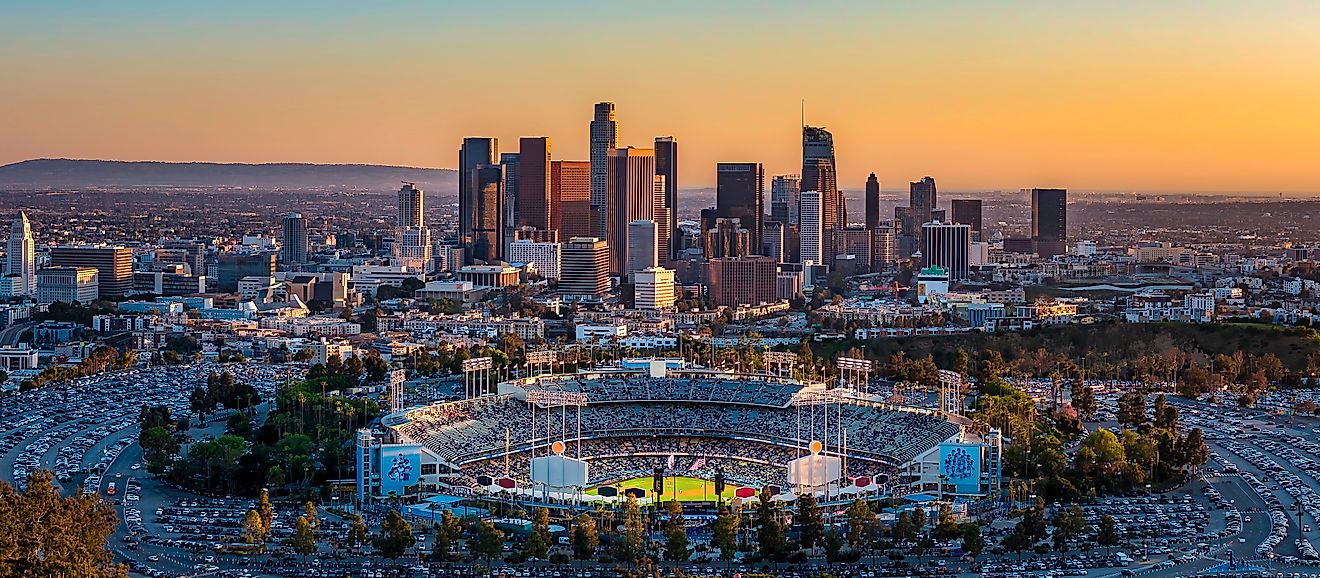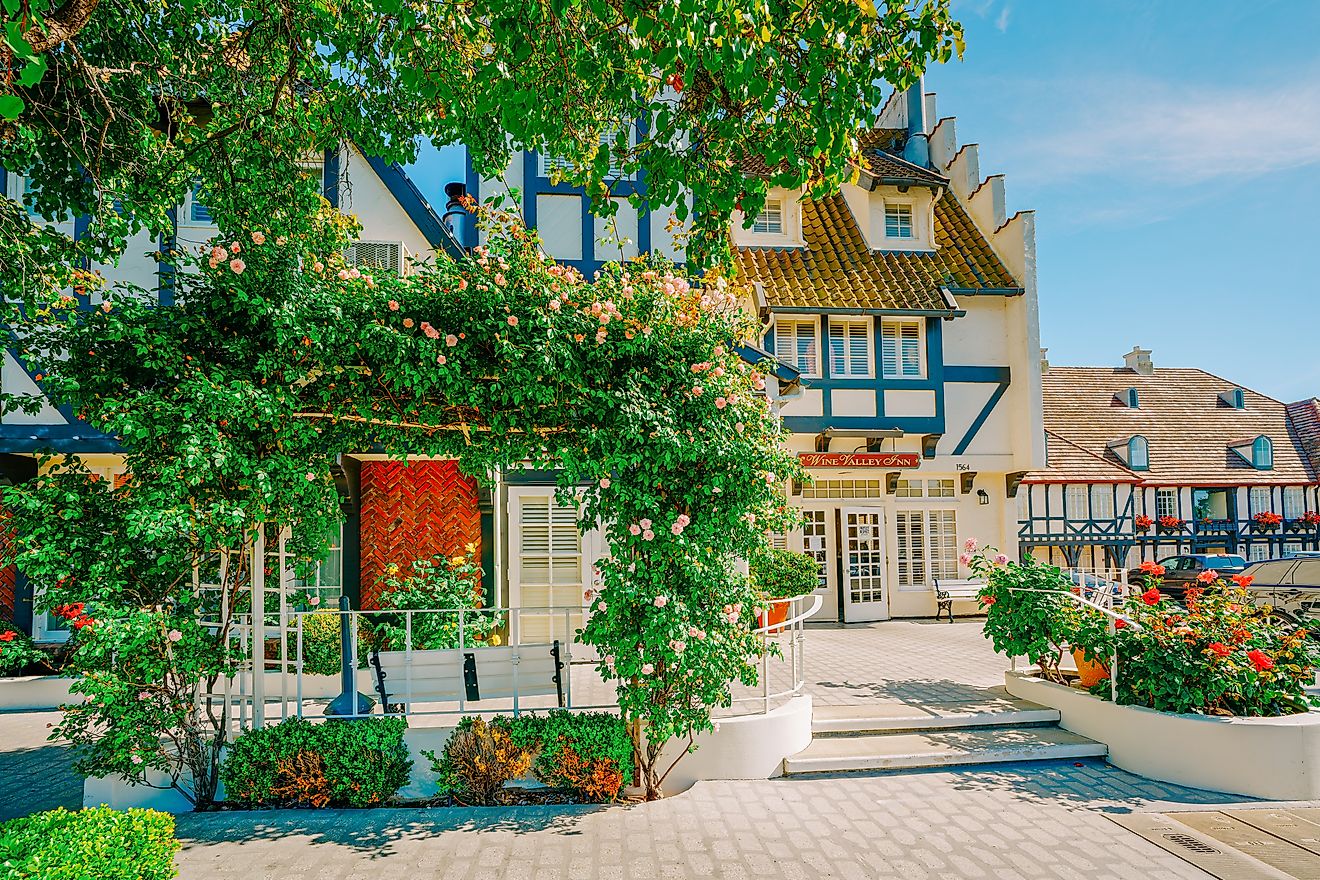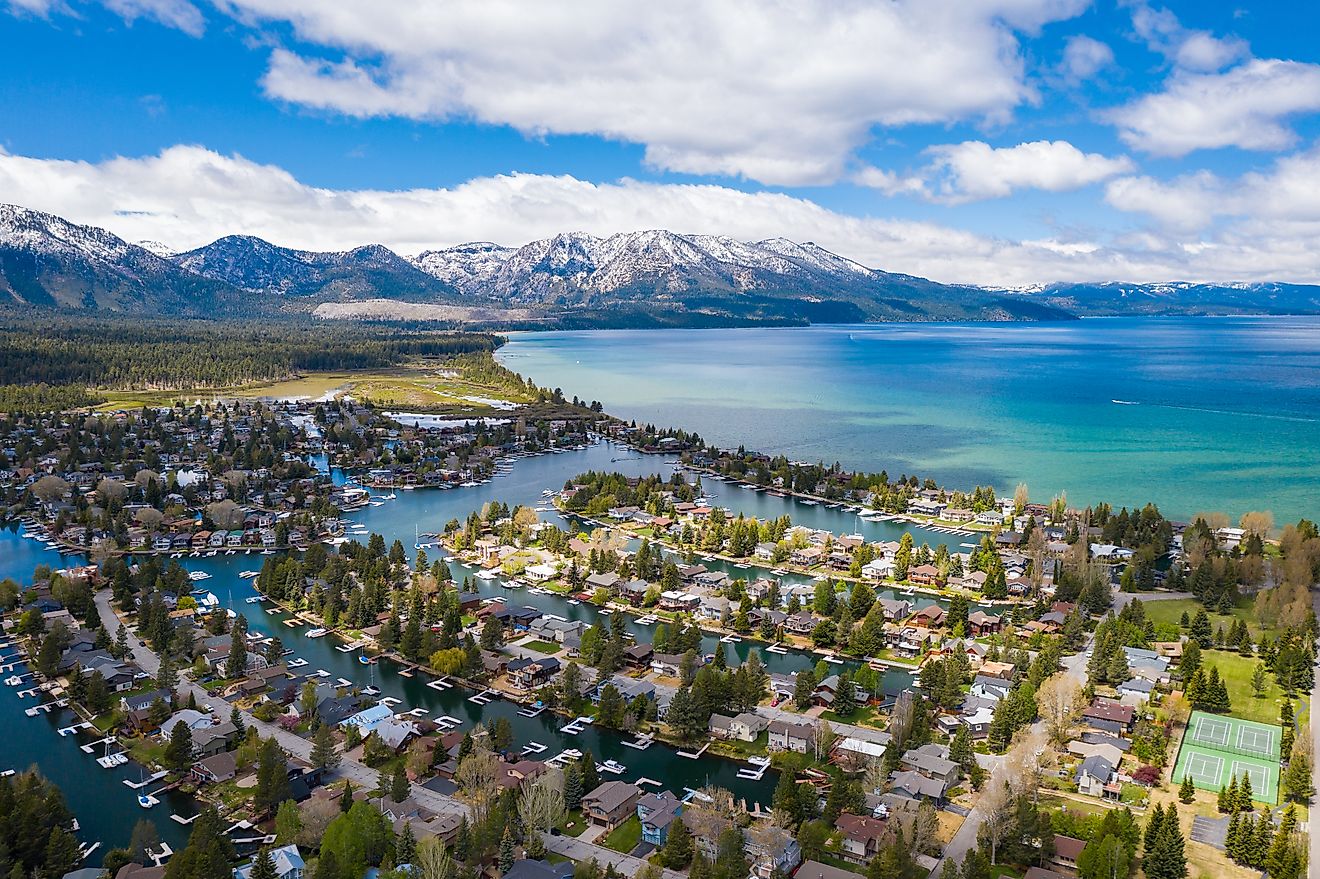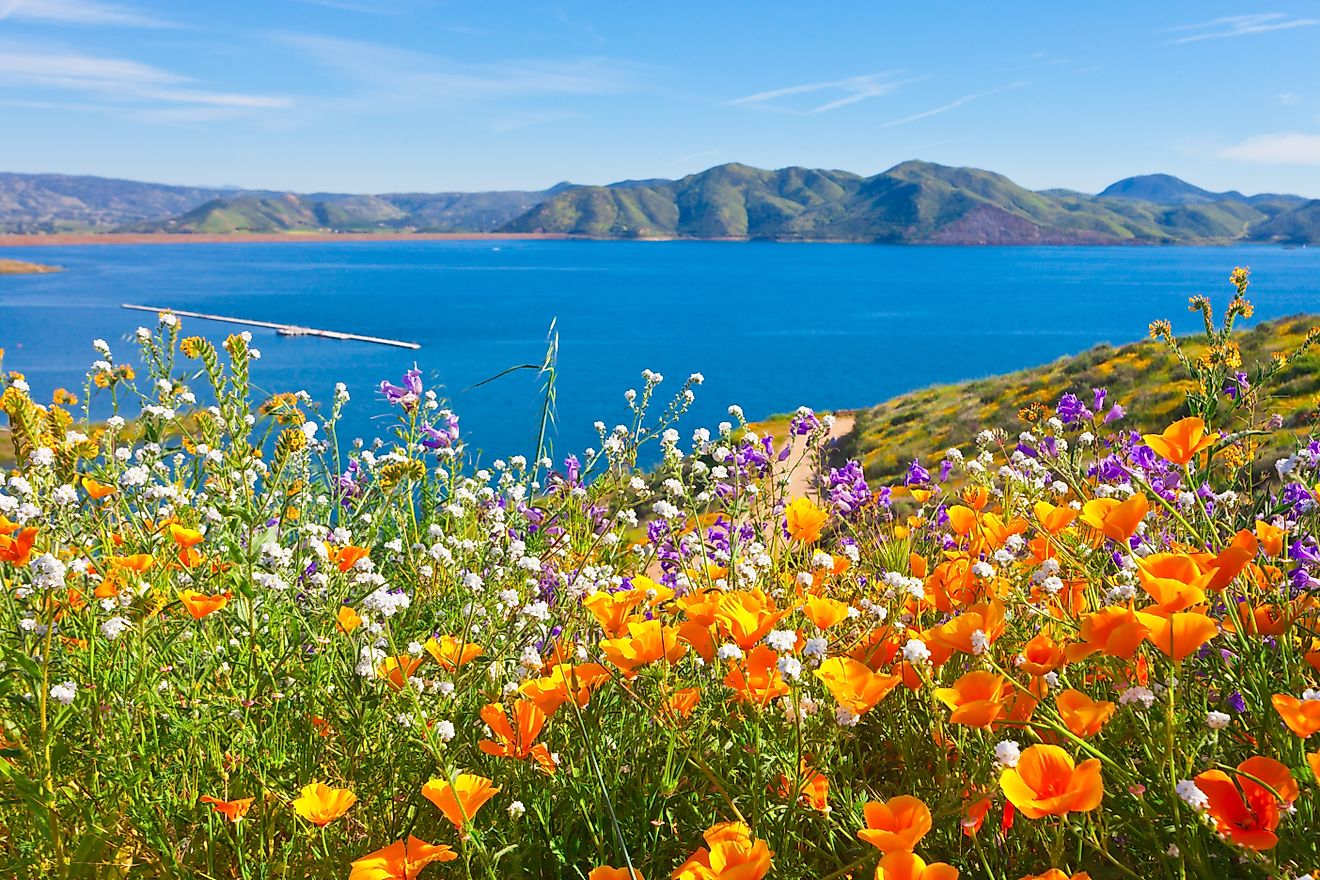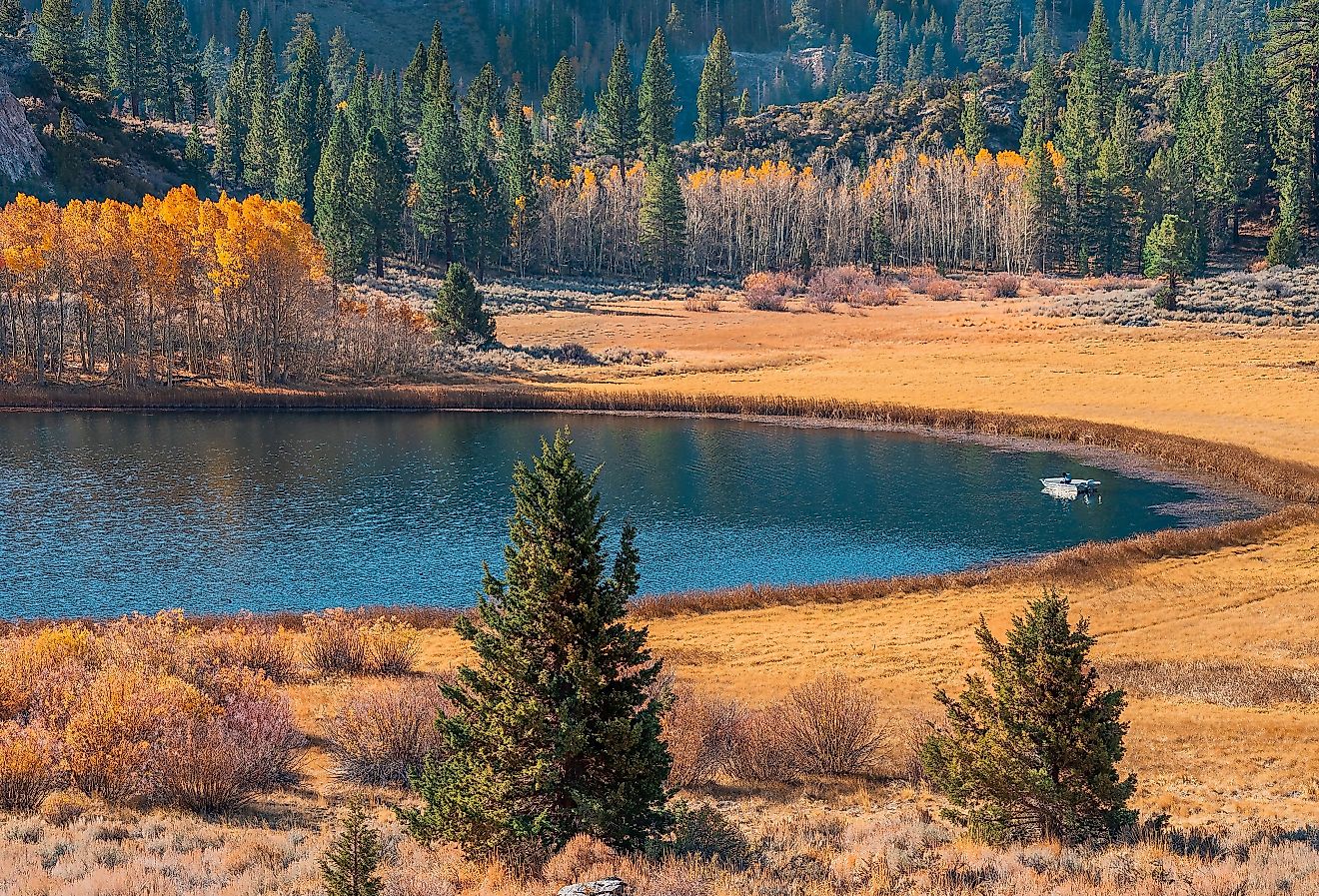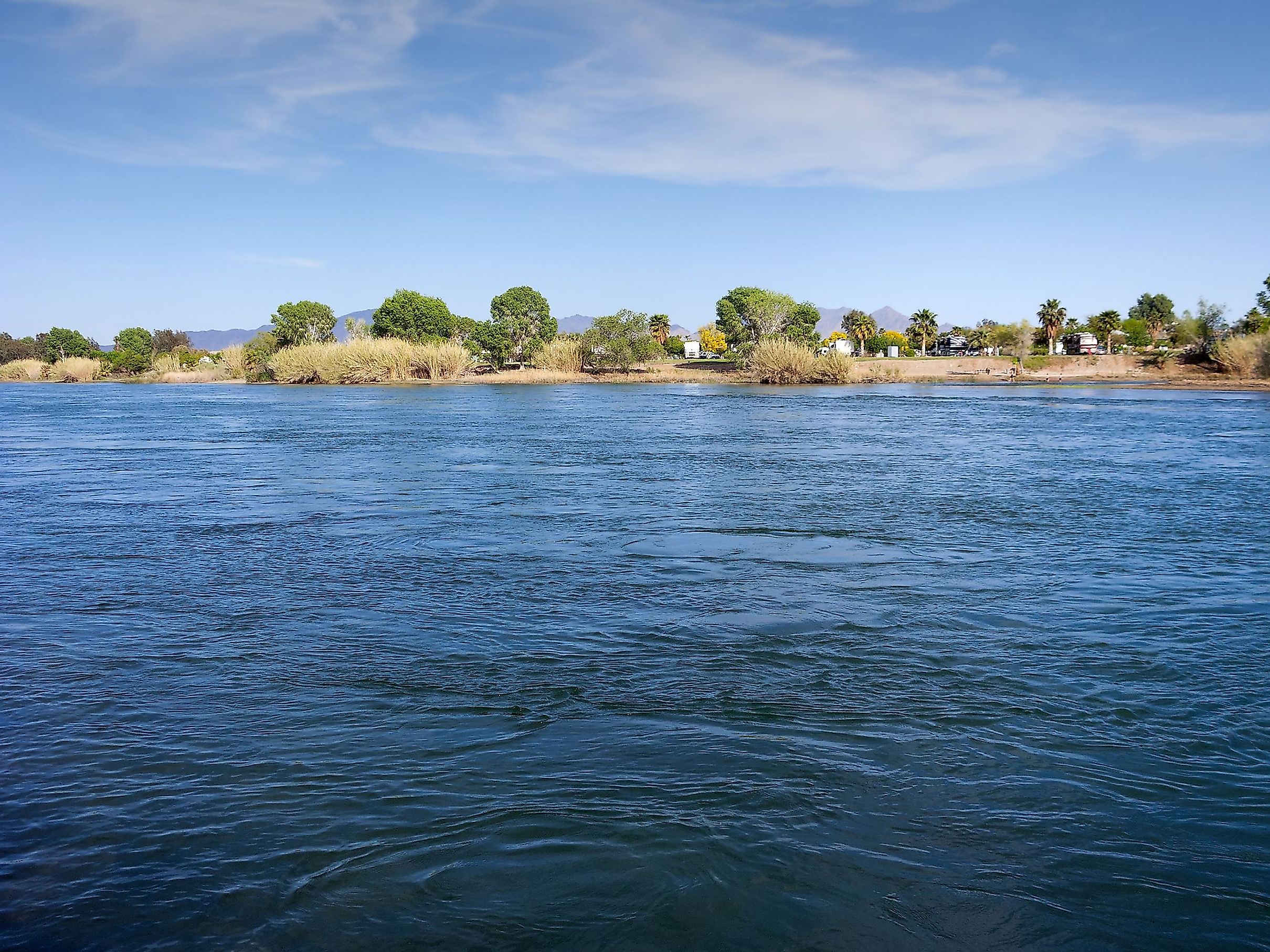
Blythe, California
Blythe is a small city situated in the eastern portion of Riverside County in the US State of California. The city has been named after a San Francisco businessman and entrepreneur named Thomas Henry Blythe, who, in 1877, established primary rights for the waters of the Colorado River in the southwestern part of California. Blythe serves as a significant stopover city for tourists due to its location approximately halfway between the two principal cities of Phoenix and Los Angeles.
Geography Of Blythe
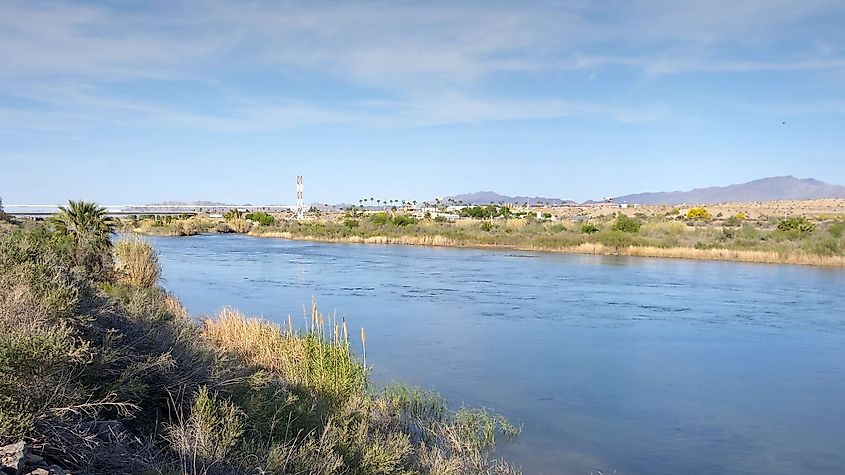
The city of Blythe covers a total area of 70.1 sq. km, of which 2.1 sq. km is occupied by water and 68 sq. km is occupied by land. Blythe is situated in the Sonoran Desert’s Colorado Desert section, close to the boundary between California and Arizona, at the meeting point of US 95 and the Interstate 10 highways. The city is located about 240km west of Phoenix and 360km east of Los Angeles and forms a part of the Palo Verde Valley of the Lower Colorado River Valley region. Some of the other major cities located close to Blythe include Yuma, Indio, San Bernardino, Riverside, and Las Vegas. Blythe is surrounded by the unincorporated communities of Vidal in the north and Ehrenburg in the east, and the census-designated places of Desert Center in the west and Ripley in the south.
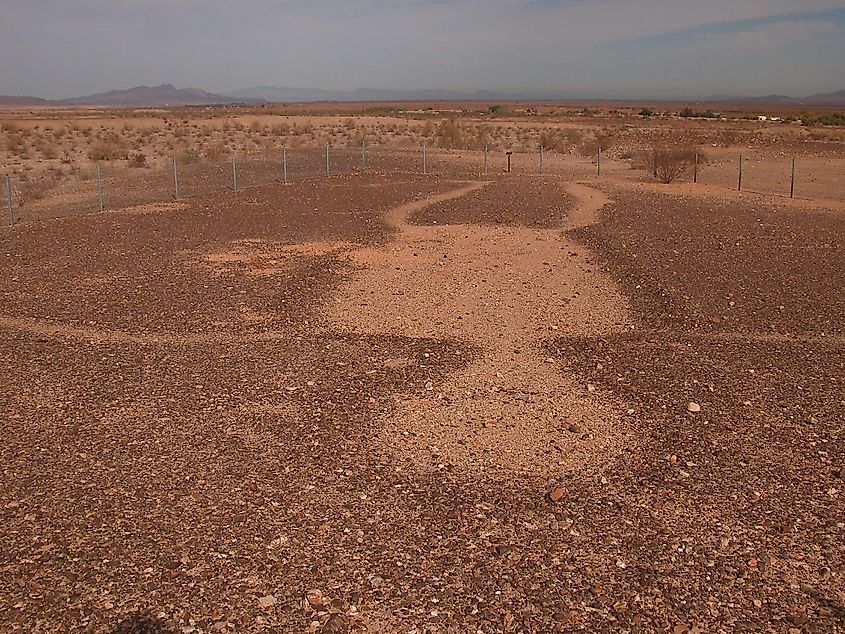
Located about 24km north of downtown Blythe in the Colorado Desert are a group of gigantic figures that have been carved on the ground. These massive figures are referred to as “Blythe Intaglios.” There are about 24 churches, two museums, one library, three banks, and a 1,7200 sq.m recreation center in the city. The recreation center contains six parks, seven recreational vehicle parks, seven campgrounds, three boat ramps, and an 18-hole golf course. The city hosts the annual Blythe Blue Grass Festival on the third weekend of January. The dove hunting season commences on September 1 every year.
Climate
As per the Köppen climate classification, Blythe experiences a hot desert climate, with sweltering summers and mild, cool winters. The hot season lasts from May to September, with July being the hottest month, having an average high temperature of 42.7°C and a low temperature of 28.3°C. The cool season lasts from November to February, with December being the coldest month, having an average low temperature of 7.2°C and a high temperature of 19.4°C. Blythe receives an average annual precipitation of only 3.79 inches.
Demography And Economy Of Blythe

In 2019, the city of Blythe had a population of 19,643 people with a median age of 35.2. The city’s population has decreased from the 2010 US census, which showed that the city was home to 20,817 residents. As of 2019, about 3,300 people (16.8% of the residents) of Blythe were born outside the country. The most common birthplace of the foreign-born residents of California was Mexico, followed by the Philippines and China. The largest ethnic groups in Blythe are the Hispanic group representing 26% of the city’s population, the Non-Hispanic White at 25.9%, Hispanic White at 25.4%, African Americans at 10.7%, and two or more races at 4.72%.
The local economy of Blythe is mainly driven by tourism, and the number of visitors increases, especially during the winter months, as several seasonal visitors migrate from the colder northern parts to the city during this time. As of 2019, the median household income in Blythe was $45,385, and the median property value was $150,000. The average car ownership in the city was two cars per household.
Brief History Of Blythe
It is believed that the area was first explored by an engineer named William Calloway in the early 1870s. Calloway also asked Thomas Henry Blythe, a businessman, and entrepreneur from San Francisco, to undertake developmental works in the area. Under the Swamp Land Act, both Calloway and Blythe purchased about 566.5 sq. km of land and another 141.63 sq. km of land under the Desert Land Act of 1877. On July 17, 1877, Blythe established primary rights for the waters of the Colorado River in the southwestern part of California. In 1904, Frank Murphy and Ed Williams visited the area from Arizona and found it to be quite suitable for farming and cattle. They purchased Blythe’s estate together with the Hobson brothers and established the Palo Verde Land and Water Company. The California Southern Railroad reached Blythe on August 8, 1916. The Interstate-10 Highway was built through the city of Blythe in 1972.


